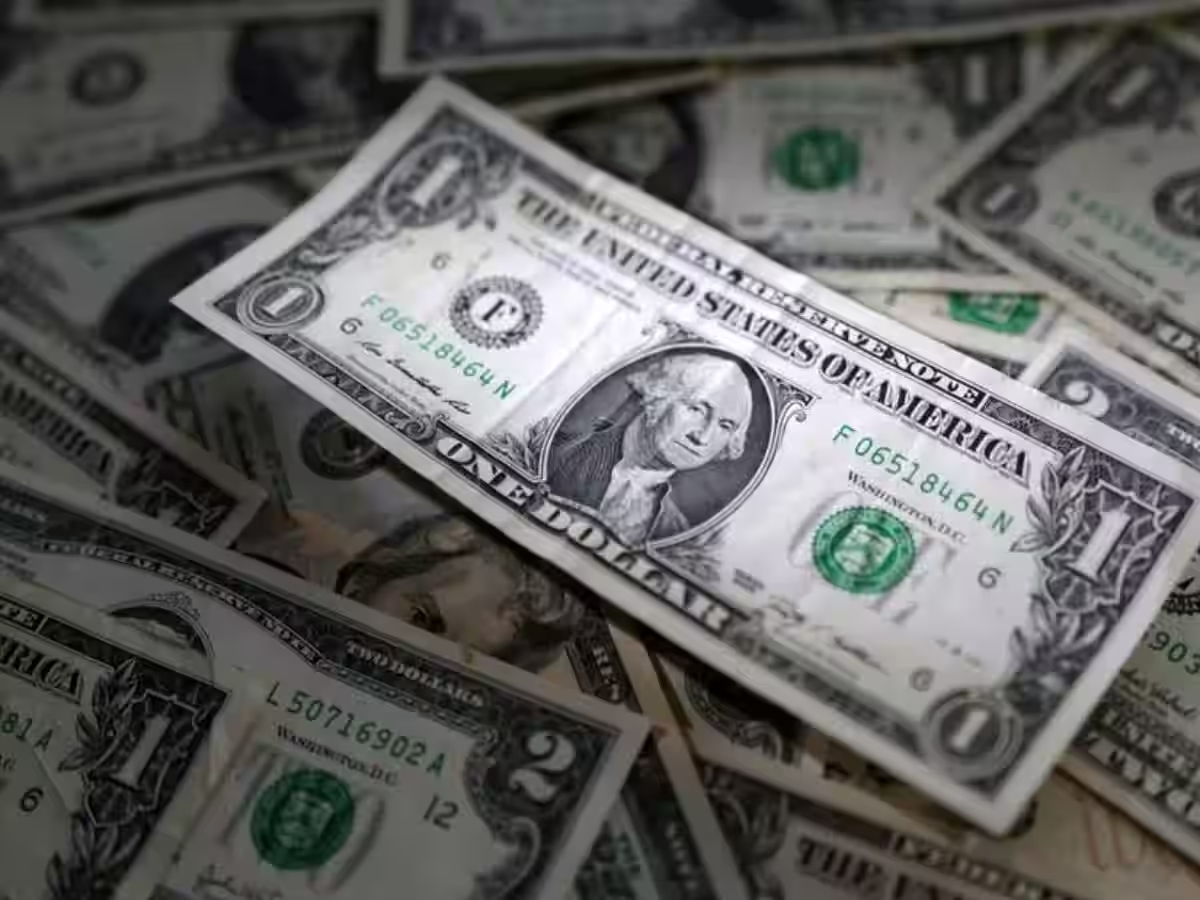Today’s News

Image Source: Reuters
The cost of borrowing short-term funds backed by U.S. Treasuries witnessed a sharp rise this week, hitting its highest mark since 2019. Market observers attributed this spike to dealers closing their balance sheets for the year.
The DTCC GCF Treasury Repo Index, tracking the average daily interest rate paid for the most-traded General Collateral Finance (GFC) Repo contracts for U.S. Treasuries, surged to 5.452% on Tuesday from 5.395% a week earlier. This peak, last seen in September 2019 during a period of dwindling bank reserves, compelled the Federal Reserve to intervene when overnight loan costs hit 10%.
Market participants pointed out that the escalation in rates was due to dealers finalizing their year-end accounts, leading borrowers to pay higher costs for funding their collateral. Tom di Galoma, BTIG’s managing director and co-head of global rates trading, remarked, “It looks like there was a need for cash which drove up the overnight fund rates. There is a lot of volatility in overnight rates due to year-end.”
A surge in the price of repurchase agreements, or repos, where investors borrow against collateral like Treasuries, often signals a scarcity of cash in a crucial funding market for Wall Street. A previous three-day spike in the Treasury GCF Repo Index from November 30 to December 4 had already raised concerns about the sufficiency of cash levels.
However, Steven Zeng, U.S. rates strategist at Deutsche Bank, noted that the recent increase in the GFC repo price wasn’t alarming: “The GCF market is dealer to dealer lending, so a much more limited amount of cash (is) being moved around, resulting in higher rates.”
Year-end dynamics impacted large dealer banks offering reduced intermediation, causing a bottleneck where cash from money market funds couldn’t easily reach hedge funds and other cash borrowers. This led to increased utilization of the Fed’s reverse repo facility, where money market funds lend to the Fed. Scott Skyrm, executive vice president of Curvature Securities, highlighted, “It’s year-end coming and bank balance sheets and window-dressing are preventing the money market funds from taking cash to banks.”
Cash inflows into the Fed’s reverse repo (RRP) facility surged to USD 793.9 billion on December 26 from USD 772.3 billion a week earlier, signifying the restrained flow of RRP cash into the repo market due to year-end bank dynamics.
Other News
Cypriot Firm Denies Prigozhin And Wagner Links
A Cypriot brokerage under French investigation for suspicious financial transfers has firmly denied any direct association with Yevgeny Prigozhin or the Wagner group. The firm asserted strict compliance and refuted handling transactions for either party.
Italy’s Economy Minister Dismisses ESM Impact on Debt
Italian Economy Minister Giancarlo Giorgetti dismissed any correlation between Italy’s debt problem and the recent parliament decision not to ratify the euro zone bailout fund reform.
S&P: US Banks’ NIM Pressure Persists
S&P Global Market Intelligence foresees ongoing strain on U.S. banks’ net interest margins (NIM) from heightened funding costs, even if the Federal Reserve cuts rates by 2024. The shift towards higher-yielding options has led banks to raise deposit interest rates.
